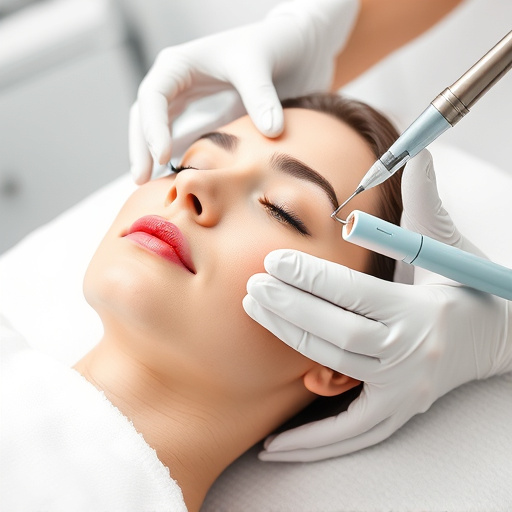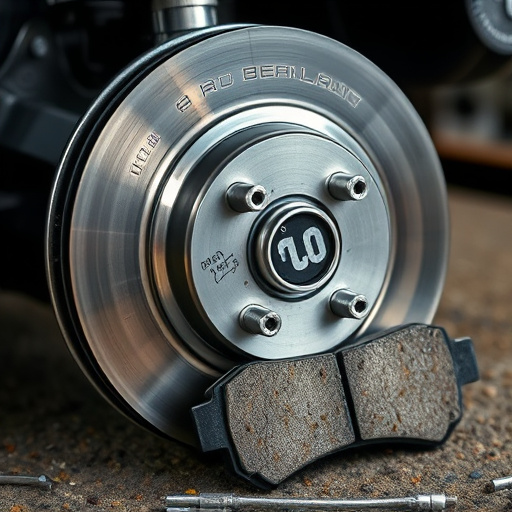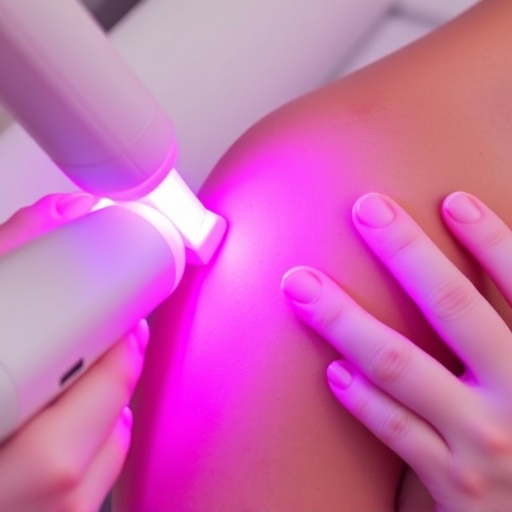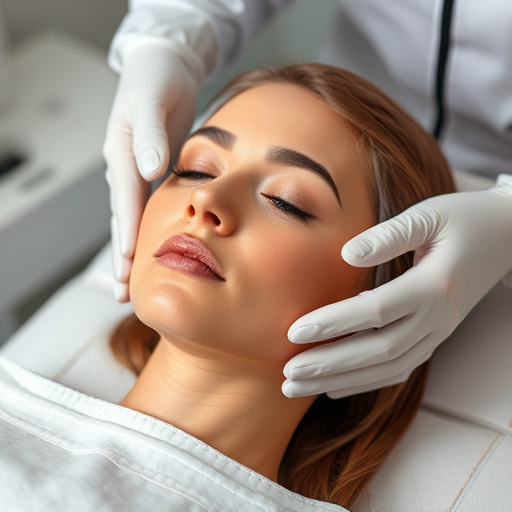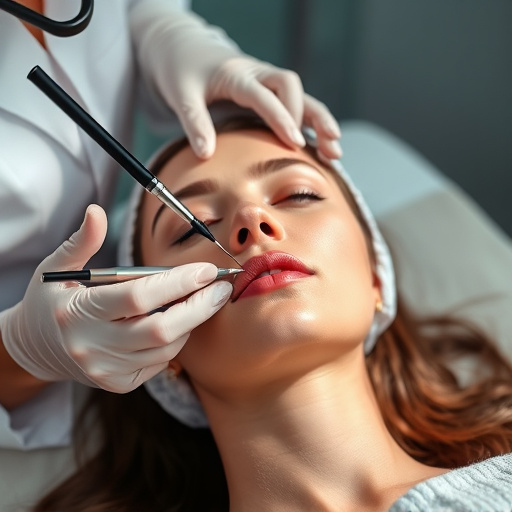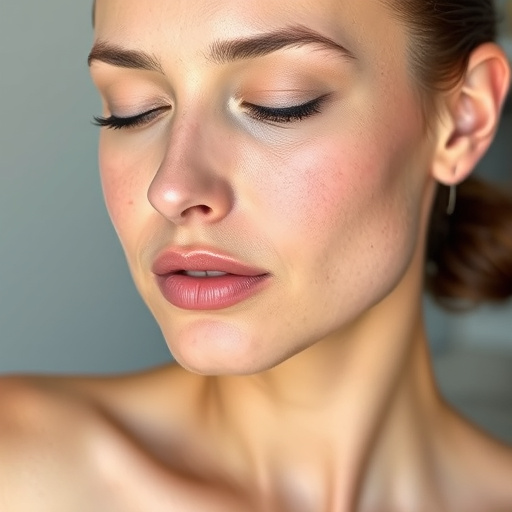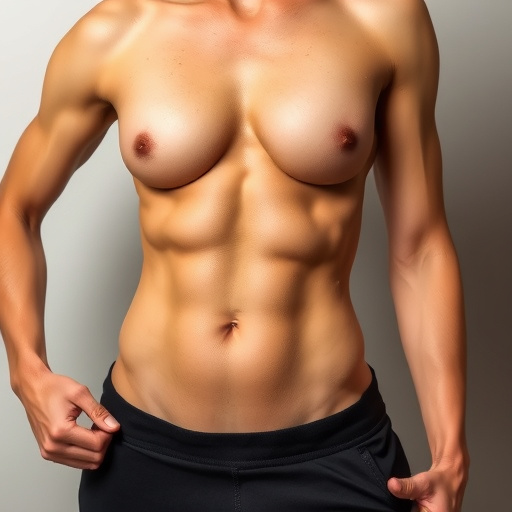Cellulite, a complex issue affecting combination skin types, is caused by weakened collagen fibers and hormonal imbalances. Non-invasive treatments like microneedling and targeted skin tightening are popular for reducing cellulite appearance without downtime. A strategic approach combining customized facials, lymphatic drainage, and body contouring methods offers the best chance for lasting cellulite reduction outcomes. Cellulite reduction treatment tailored to combination skin types involves a multi-faceted strategy for effective results.
Cellulite Reduction Treatment for Combination Skin Types Explained
Are you struggling with dimpled skin due to cellulite? If you have combination skin, finding the right cellulite reduction treatment can be challenging. Understanding the causes and factors unique to combination skin types is crucial. This article delves into effective non-invasive treatments and personalized targeted approaches for achieving smoother, firmer skin. Discover top options proven to deliver notable results in reducing cellulite for a confident you.
- Understanding Cellulite: Causes and Factors for Combination Skin
- Non-Invasive Treatments: Top Options for Smooth, Firmer Skin
- Targeted Approaches: Personalized Care for Effective Results
Understanding Cellulite: Causes and Factors for Combination Skin

Cellulite, often referred to as orange-peel skin, is a common concern for many, especially those with combination skin types. It’s essential to understand that cellulite isn’t simply a cosmetic issue but a complex interaction of factors that include genetics, hormonal changes, and lifestyle choices. In the case of combination skin, which typically exhibits areas of both dry and oily patches, these variations in skin texture can make cellulite more noticeable.
Several elements contribute to the development of cellulite on combination skin. One primary factor is the structure of connective tissues, known as collagen fibers, which create a net-like support system beneath the skin’s surface. In areas prone to cellulite, this network may be weakened or disrupted, allowing fat cells to protrude through and causing the characteristic dimpling effect. Additionally, hormonal fluctuations can impact the distribution of fat, with estrogen playing a significant role in maintaining skin elasticity and collagen synthesis—dysregulation of these hormones might exacerbate cellulite formation. Environmental factors like stress, poor diet, and lack of physical activity are also contributors, particularly when combined with specific skin care routines that may not address the unique needs of combination skin types.
Non-Invasive Treatments: Top Options for Smooth, Firmer Skin

Non-invasive treatments have emerged as popular choices for those seeking cellulite reduction and achieving smoother, firmer skin. These methods offer a gentle yet effective approach to combating stubborn dimpling, making them ideal for combination skin types. One of the top non-invasive options is microneedling therapy, which involves using tiny needles to create micro-channels in the skin. This process encourages collagen production, improves skin texture, and reduces the appearance of cellulite. The procedure is relatively quick and can be combined with topical treatments for enhanced results.
Another effective method is targeted skin tightening, often achieved through advanced technologies like radiofrequency or ultrasound devices. These tools heat up specific areas to stimulate collagen renewal, resulting in a more toned and supple complexion. Many people with combination skin find success in these non-invasive procedures, as they can address both the visible signs of cellulite and any accompanying issues like acne or uneven skin tone, thanks to their ability to penetrate deeper layers without causing significant discomfort or downtime.
Targeted Approaches: Personalized Care for Effective Results

When it comes to cellulite reduction treatment for combination skin types, a targeted approach is essential. Customized facials play a pivotal role in addressing specific concerns unique to each individual’s complexion. Skilled estheticians analyze skin texture, tone, and underlying conditions to craft personalized treatments that go beyond surface-level solutions. By combining various techniques, such as exfoliation, lymphatic drainage, and targeted serums, these facials penetrate deeper to boost circulation and encourage collagen production, thereby reducing the appearance of cellulite.
Moreover, integrating body contouring methods can further enhance the effectiveness of cellulite reduction efforts. Laser hair removal, for instance, helps smoothen skin by minimizing the visibility of uneven texture caused by hair follicles. This non-invasive procedure not only improves the overall aesthetic but also creates a smoother canvas for other cellulite-reducing treatments to work their magic. Ultimately, a multifaceted approach that combines personalized facials and complementary body contouring techniques offers the best chance for achieving lasting results in addressing cellulite on combination skin types.
Cellulite reduction treatment for combination skin types has evolved into a personalized journey. By understanding the unique causes and factors that contribute to cellulite formation in this specific skin type, individuals can now explore a range of non-invasive treatments offering significant improvement. Targeted approaches, tailored to individual needs, ensure effective results, allowing one to achieve smoother, firmer skin. Embrace these advanced options for a confident, revitalized appearance.


